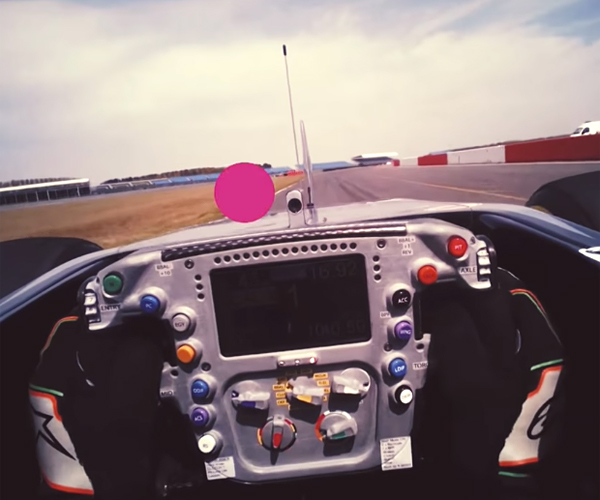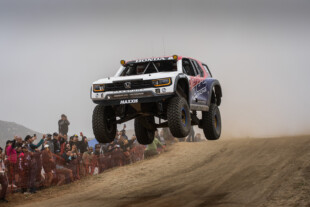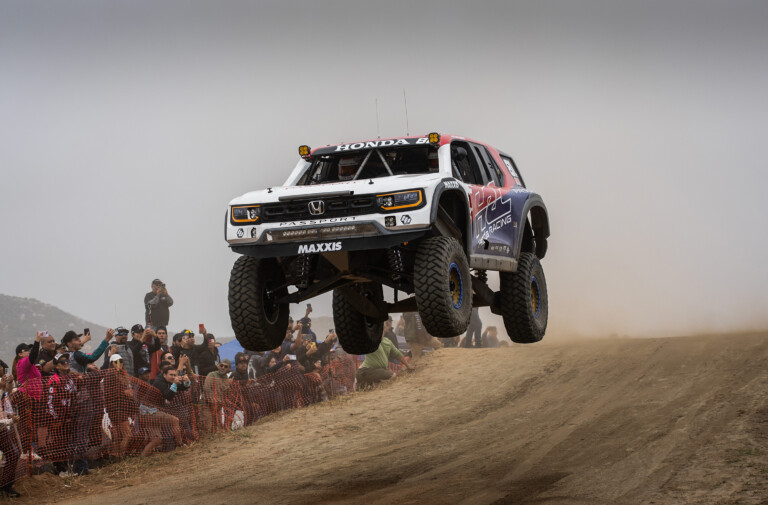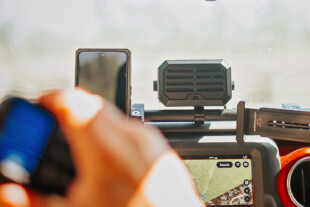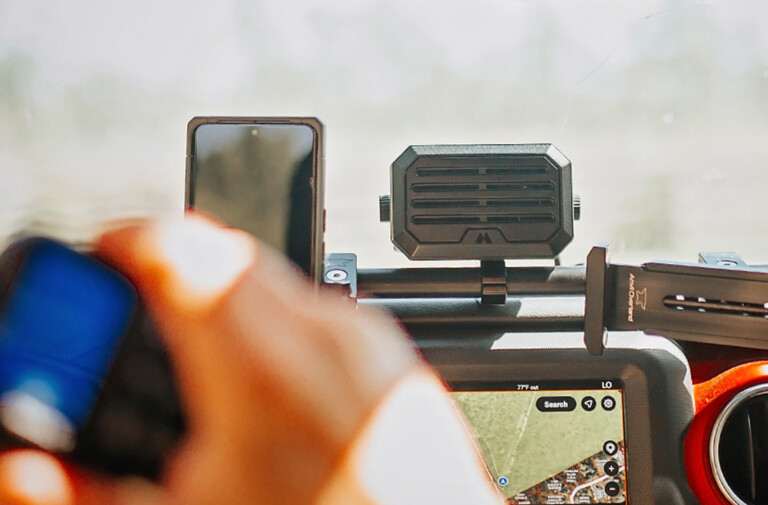Nigel Mansell was once quoted as saying “If you’re going at 200 mph, the best drivers in the world are probably able to slow down the parameters, the things going past us and the corner approaching, probably to a relative speed of forty or fifty mph, which sounds astonishing, but that’s what the racing driver does.” Knowing Mansell and his love of self-aggrandizement, some might write that off as a bit of modest boasting. However, with some insight from optometrists and Nico Hulkenberg, that statement from Mansell becomes totally plausible.
It’s not suprising that a driver of Hulkenberg’s caliber describes his visual process as instinctive; looking apex-to-apex on a hot lap, but with the help of a set of specialized glasses, his fiendishly rapid eye movements are recorded and the results are impressive. A quick dart of the pupils towards his rear view mirror as he leaves the pits to check for traffic takes only one-tenth of a second — a fraction of what most humans would take to process that sort of information.
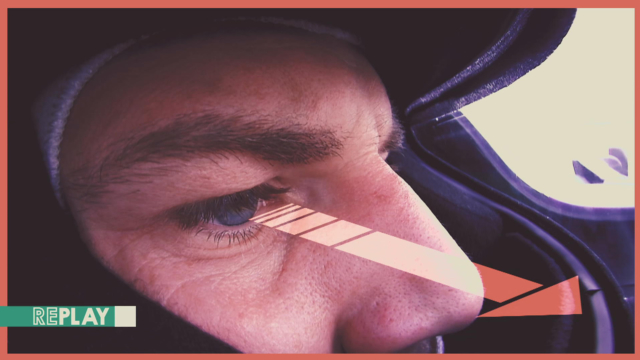
Tracking the lightning-quick eye movements of a top-tier driver gives some insight into how quickly they process information.
As any racer will tell you, during those formative stages in karts or the lower formulas, the driver is exposed to an abundance of information, which seems overwhelming initially. As time goes on, the driver is able to “sense” stimuli with a greater sensitivity. If we’re to believe what’s being presented, it seems the apt driver’s mind has to adapt and increase the speed with which information is deciphered.
While that isn’t everything that makes a good racer — reactions are often given unworthy amounts of praise in from the inexperienced observer — they do make a difference. Especially on starts, where certain drivers manage to leave others standing in their wake. However, the most important thing which vision is responsible for is undoubtedly their fixation on landmarks during the cornering phase. While many drivers use a rough approximation or brake markers to establish their braking points and turn in points, others are more meticulous.
Especially on qualifying laps, finding small cracks in the ground, marks on the asphalt, or even a errant trackside flower to help mark the precise point to turn in is an effective tool. It’s obvious where acute vision comes into play here, but the real trick is being able to allocate the minimum necessary time to each marker. From observing the turn-in point, the eye must then shift to the apex, and the hands and feet must act correspondingly.
Ayrton Senna once said “I am able to get to a level where I am ahead of myself; maybe a fifth of a second, who knows? When my car goes into a corner I am already at the apex.” That sort of anticipation comes with rapid eye movement and a high level of visual acuity, but extraordinary hand-eye coordination and a learned sense of timing as well. It’s not a skill that comes naturally to most, but has to be mastered for that ultimate lap.



